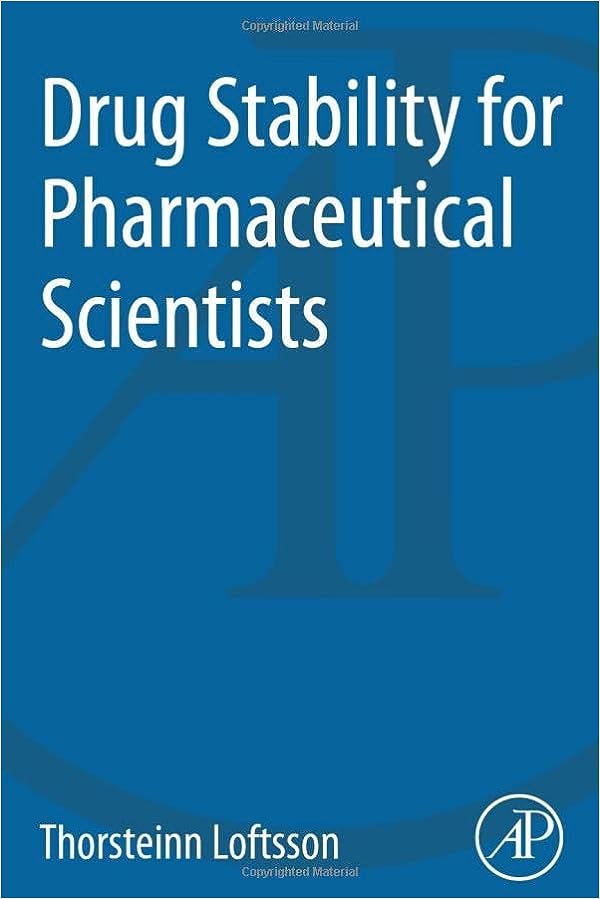Comprehensive Overview of ASEAN Stability Guidelines for APIs
Introduction
Active Pharmaceutical Ingredients (APIs) are the foundation of drug formulations, making their stability a critical factor in ensuring the safety, efficacy, and quality of pharmaceutical products. The ASEAN stability guidelines provide a harmonized framework for evaluating API stability across member states, addressing the unique challenges posed by the region’s hot and humid climate. This article explores the key requirements of ASEAN stability guidelines for APIs, offering insights into their significance and practical strategies for compliance.
Understanding ASEAN Stability Guidelines
The ASEAN stability guidelines are based on ICH Q1A(R2)
- Product Quality: APIs retain their intended properties throughout their storage and use.
- Safety: Degradation products are within acceptable limits.
- Compliance: Manufacturers meet regional regulatory requirements for market approval.
Key Requirements for API Stability Testing Under ASEAN Guidelines
1. Climatic Zone IVb Conditions
ASEAN stability testing guidelines mandate the use of storage conditions that simulate the region’s climate:
- Long-Term Testing: 30°C ± 2°C / 75% RH ± 5% RH.
- Accelerated Testing: 40°C ± 2°C / 75% RH ± 5% RH.
Tip: Ensure that stability chambers are validated to maintain these conditions consistently.
2. Duration of Studies
Stability studies must be conducted over a sufficient duration to support the proposed shelf life:
- Long-Term Studies: Minimum of 12 months, with data points at 0, 3, 6, 9, and 12 months.
- Accelerated Studies: Minimum of six months, with data points at 0, 1, 2, 3, and 6 months.
Tip: Include real-time data to substantiate shelf life claims, especially for sensitive APIs.
3. Stability Parameters
ASEAN guidelines require testing of critical quality attributes (CQAs) to evaluate API stability, including:
- Assay: Measures the potency of the API over time.
- Impurities: Identifies and quantifies degradation products.
- Physical Properties: Appearance, solubility, and other physical characteristics.
Tip: Customize stability parameters based on the chemical properties and intended use of the API.
4. Packaging and Container Closure Systems
The interaction between the API and its packaging must be evaluated to ensure stability. Key considerations include:
- Material Compatibility: Assess whether the container material protects the API from moisture, light, and air.
- Integrity Testing: Evaluate the ability of the closure system to maintain a controlled environment.
Tip: Use moisture-resistant materials, especially for APIs prone to hydrolysis.
5. Documentation and Reporting
Comprehensive documentation is critical for regulatory compliance. ASEAN guidelines require:
- Detailed stability protocols outlining testing conditions and methods.
- Complete stability data, including observations of significant changes.
- Justifications for proposed shelf life and storage recommendations.
Tip: Use standardized templates to streamline reporting and facilitate regulatory review.
Challenges in Complying with ASEAN Stability Guidelines
Meeting ASEAN stability guidelines for APIs can present several challenges:
- Environmental Sensitivity: APIs may degrade faster under hot and humid conditions, necessitating robust packaging solutions.
- Infrastructure Constraints: Smaller manufacturers may lack access to validated stability chambers and advanced testing equipment.
- Regulatory Variability: While ASEAN guidelines are harmonized, minor differences in implementation across member states can complicate compliance.
Tip: Collaborate with local contract research organizations (CROs) to overcome resource and infrastructure limitations.
Best Practices for Compliance with ASEAN Stability Guidelines
To ensure successful adherence to ASEAN stability guidelines for APIs, manufacturers should adopt the following best practices:
- Plan Stability Studies Early: Integrate stability testing into the development phase to avoid delays during regulatory submissions.
- Validate Methods: Ensure that all analytical methods used in stability testing are validated and reproducible.
- Invest in Advanced Technology: Use automated stability chambers and data logging systems for precise control and monitoring.
- Engage with Regulators: Maintain open communication with ASEAN regulatory agencies to address region-specific requirements.
- Leverage Expertise: Partner with CROs or consultants experienced in ASEAN stability guidelines to streamline compliance efforts.
Emerging Trends in Stability Testing for APIs
Advancements in technology and methodology are transforming stability testing practices for APIs:
- Predictive Modeling: AI-driven tools predict stability trends, reducing the need for extensive long-term studies.
- Digital Systems: Cloud-based platforms improve data integrity and facilitate regulatory submissions.
- Eco-Friendly Packaging: Sustainable materials are being developed to meet environmental goals while ensuring API stability.
Impact of ASEAN Stability Guidelines on the Pharmaceutical Industry
The ASEAN stability guidelines for APIs have a profound impact on the pharmaceutical industry by:
- Streamlining regulatory approvals across ASEAN member states through harmonized requirements.
- Enhancing product quality and safety in challenging climatic conditions.
- Encouraging innovation in packaging and stability testing methodologies.
Conclusion
ASEAN stability guidelines for APIs provide a robust framework for ensuring the quality and safety of pharmaceutical products in one of the world’s most diverse and dynamic regions. By adhering to these guidelines, manufacturers can navigate regulatory complexities, maintain product integrity, and gain market access across ASEAN member states. With careful planning, advanced technology, and a commitment to compliance, the pharmaceutical industry can continue to deliver safe and effective APIs to meet the region’s growing healthcare needs.

